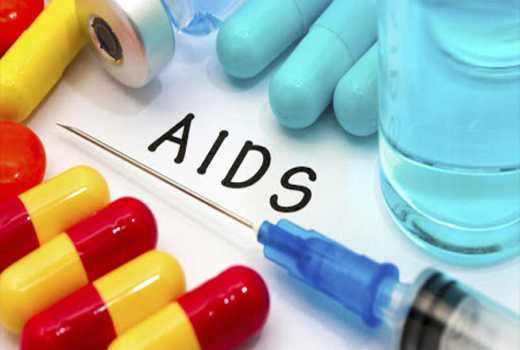
It now emerges that the cure to HIV/AIDS could be lying in one of the smallest organs in the human body; the spleen.
A major discovery has been made by scientists which has revealed how the 150 grams bean shaped organ well tucked under the rib cage may be hiding the answers to puzzles around the cure to HIV/AIDS because of its vitality despite its size.
In what scientists have described as milestone, the spleen appears to be one of the organs in the body that combined Anti-Retroviral Therapy(ART) medicine does not get to.
Here is where the virus goes to take cover when faced with strong ART medication and probably regroup only to re-emerge when the patient defaults treatment.
This, is according to findings published in the Special Issue of HIV Cure on January 25, 2018 and also found in the Aids Research and Human Retroviruses journal published January 1 after researchers went through 20 body organs among them kidney, heart, liver, lungs and pancreas to find out why ART medication does not work 100 per cent.
According to the study authored by lead researcher David Nolan among others from the University of California, in Los Angeles USA, the spleen, as a (secondary) lymphatic organ at the intersection of the immune and circulatory system, may play a key role in viral persistence.
It is here (spleen) where white blood cells responsible for protecting the body against infections such as meningitis and pneumonia-which are a nuisance to HIV positive patients-are stored.
It is also where red blood cells that circulate oxygen are recycled.
While a HIV positive person may be healthy without detectable virus in the blood, the study titled ‘The spleen is an HIV-1 Sanctuary during combined Anti-Retroviral Therapy’ revealed that the virus has found a safe haven in the spleen.
“Reduced drug penetration into lymphatic tissues (some which are found in the spleen) could be responsible for the persistence and expression of a diverse HIV population during otherwise successful combined Anti-retroviral therapy,” the study reads.
The lymph node, which is key in production of different types of antibodies, the study noted, had previously been identified as a potential sanctuary of HIV virus with a diverse viral population. This is by the fact that it is a natural reservoir given the number and diversity of immune cells in it.
However, spleen and lung tissue have been less frequently studied in the context of combined ART.
“The spleen hosts one quarter of the body’s lymphocytes (a form of white blood cells) which are potential targets of HIV,” the study reads in part.
It added: “The role of the spleen at the intersection of the circulatory and immune system, and the abundance of HIV-susceptible cells, makes it a prime candidate for an HIV tissue sanctuary and a therapeutic target in HIV cure research.”
The study looked into 50 body tissues from five HIV positive subjects with suppressed viral load as they were under combined ART who had passed.
There are about 1.1 million persons living with HIV/AIDS in the country according to United Nations Programme on HIV/AIDS. Of the 940,000 on ART treatment, only 810,000 have attained viral suppression as a result of consistence use of the therapy medicine.
A recent finding by a Kenyan born researcher Prof Thumbi Ndung’u based in South Africa revealed possibilities of one turning out HIV negative if put on ART treatment early when they test HIV positive and may have no need of boosting their immunity using the drugs.
 The Standard Group Plc is a multi-media organization with investments in media platforms spanning newspaper print
operations, television, radio broadcasting, digital and online services. The Standard Group is recognized as a
leading multi-media house in Kenya with a key influence in matters of national and international interest.
The Standard Group Plc is a multi-media organization with investments in media platforms spanning newspaper print
operations, television, radio broadcasting, digital and online services. The Standard Group is recognized as a
leading multi-media house in Kenya with a key influence in matters of national and international interest.











